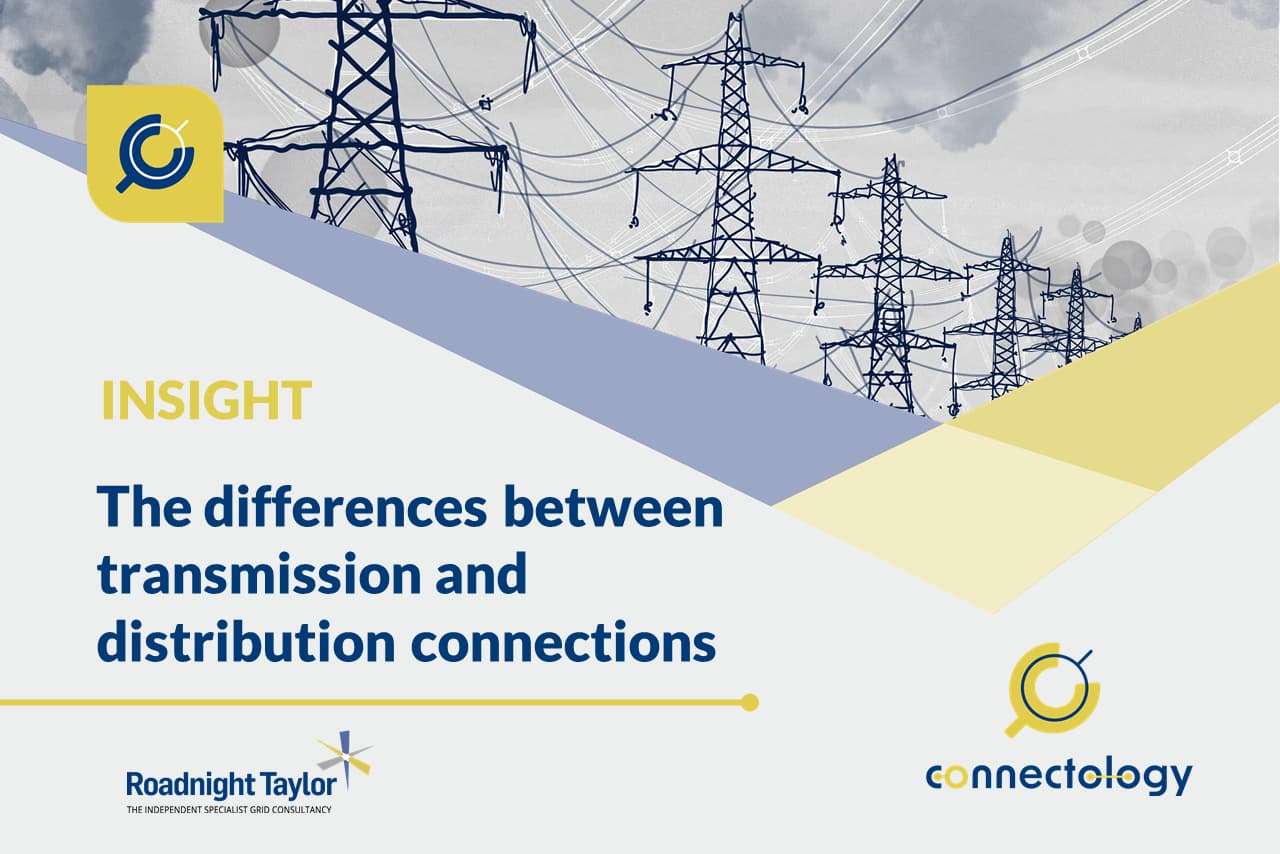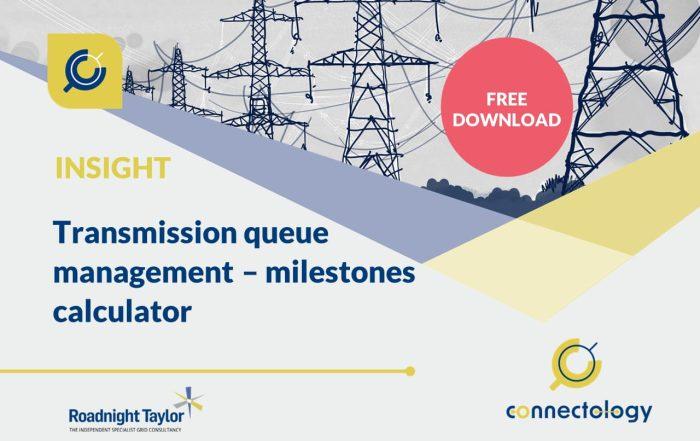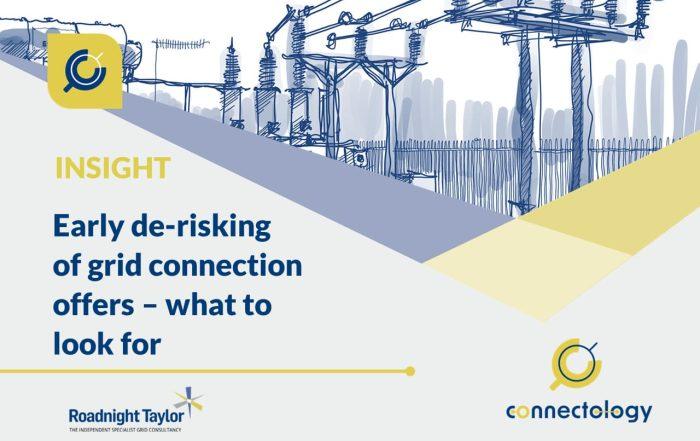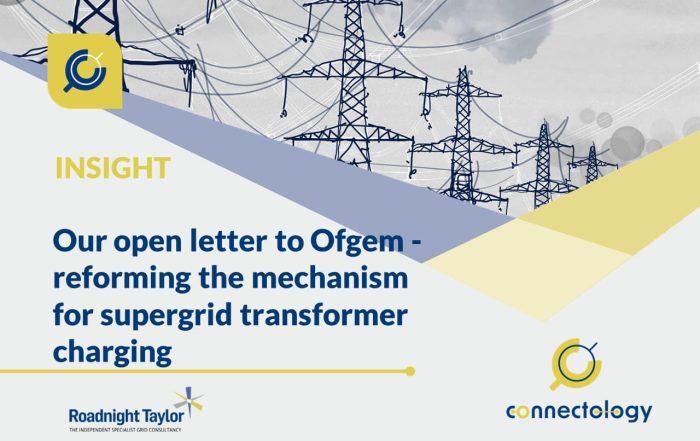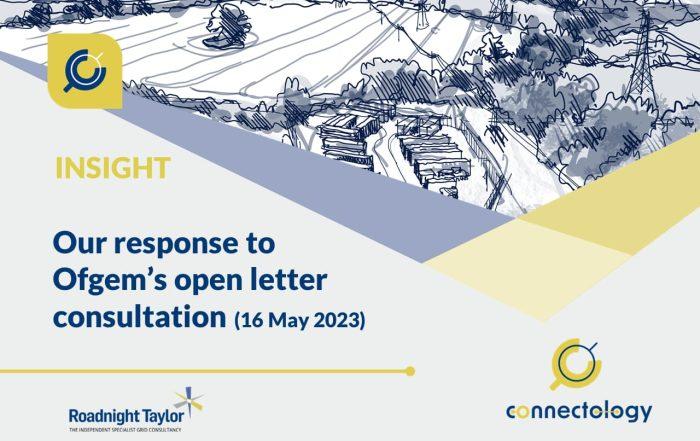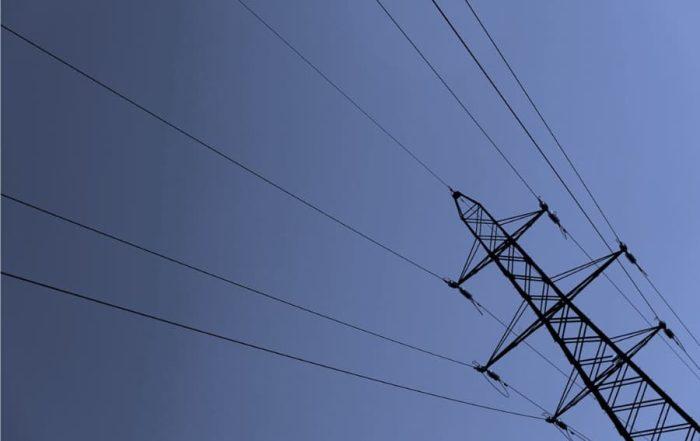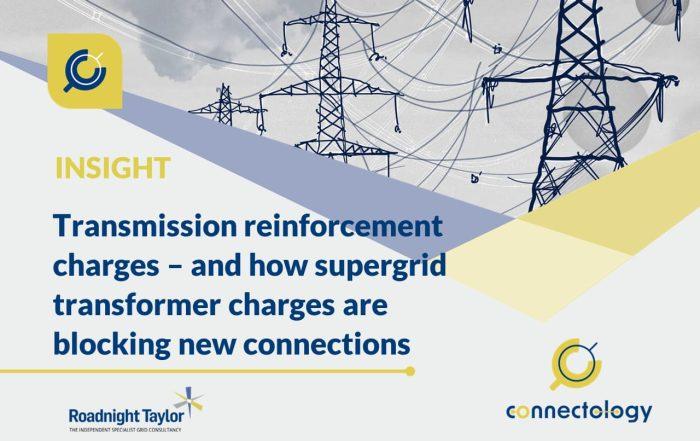The differences between transmission and distribution connections
As cost-viable and timely connections to the UK distribution networks are becoming harder to achieve, an increasing volume of connection enquiries and applications is being put to National Grid to connect to the transmission networks. We explain the difference in these connections below and what it could mean for transmission connections.
Article by Catherine Cleary – acknowledged expert in transmission connections
Catherine has analysed connection options for >500 schemes. Until 2021, she headed up the grid team at GRIDSERVE and, prior to that, was Principal Consultant for TNEI Services. She has provided technical expert support to Ofgem in their reviews of connection costs, offers, processes and standards, and provided strategic advice to the senior HS2 project team.
21st February, 2022

As cost-viable and timely connections to the UK distribution networks are becoming harder to achieve, an increasing volume of connection enquiries and applications is being put to National Grid to connect to the transmission networks at 400kV and 275kV – and in Scotland at 132kV.
It is possible for large generators to connect directly into these transmission networks. However, it is a significantly more complex and costly process than a connection into the distribution network. Transmission connections can bring a high risk of escalating, unbudgeted costs – and even failure of the project – and not all developers understand this.
For an introduction to transmission and distribution networks, see our earlier blog. The key differences between transmission and distribution connections are as follows (with costs estimated at time of writing – January 2022)
- Application fees are higher. National Grid application fees vary depending on the MW size of the project and the location, but typically range from £25,000 to £75,000 for a typical generation application, compared to Distribution Network Operator (DNO) application fees of £1,000 to £8,500 at distribution level.
- Capital costs are higher. The capital costs of the infrastructure required to connect at 275kV or 400kV is an order of magnitude more expensive than most distribution connection options.
- Timescales are longer. A typical transmission project timeframe would be 4-5 years, but in some cases this can be up to 10 years for large complex connections. This compares to 2-3 years for a typical extra high voltage distribution connection.
- Cancellation charges are higher. Transmission cancellation charges are calculated based on the location, MW size of the project and the scope of transmission works which are ‘attributable’ to the project. This could be anything from tens of £thousands to £millions, and will increase as the project progresses. By comparison, cancellation charges for distribution connections are typically limited to the wider zonal tariff being passed through from National Grid to the DNO, and do not usually include attributable works.
- Cancellation charges apply from the moment an offer is accepted. From acceptance of the connection offer, up to energisation, the generator is liable for these charges and will usually have to secure against them with a cash deposit to National Grid.
- Connection charges are calculated differently. For connections to the transmission network, a greater proportion of the cost is recovered through annual charges than charges for distribution connections. These charges include:
-
- Transmission Network Use of System (TNUoS) – this is a £/MW charge and is variable year on year based on the zone the generation is located in. In 2021 charges range from £30,000/MW/year in North Scotland to -£10,000/MW/year (i.e a credit) in Central London. The tariff depends on the generation type and load factor as well as the location.
- Connection Asset Charges – even if the full capital cost of the connection assets is paid off upfront, National Grid will levy site specific maintenance charges of 3-4% of the asset value, per year, over the lifetime of the project. This can be a significant annual charge.
- Balancing Use of System (BSUoS) – this is a dynamic £/MWh tariff and currently accounts for a significant cost for renewable generators, especially those with intermittent output. BSUoS charges are undergoing review and may soon be removed from all generators.
-
There are several other technical and commercial points that developers and landowners should be aware of prior to progressing a transmission connection. We will cover these, and the above topics, in more depth in future articles.
In general, due to the complexity of the legal documents and the level of customer choice, renewable developers will find that each stage of the process will require significant input from legal, regulatory, commercial and technical external specialists.
Contact us
Roadnight Taylor can support you from transmission connection feasibility through to connection applications, reviews of connection offers and offer due diligence. To find out more call us on 01993 830571 or send us a message via our contact form.

